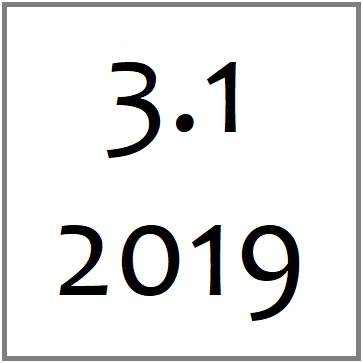Reflexive Engagement with Participatory Curation: Vignette 1
So what was curated in this phase of the Digital Storytelling Project?
Essentially, what we collected were personal stories of injustice that, as they were spoken, became collective narratives of community issues that the participants wanted to change. Yet what we also found is that curation, in a participatory action project, involves curating participatory moments, by which we mean that sense of a “we.” This does not mean that there is not already a “we” when working with community members. In fact, in our case, the YRO participants had already bonded in significant ways prior to the digital story project. However, in working together to create something—something that reflects shared experiences with the goal of social change—there needs to be a sense of “we” inclusive of all that are involved. This takes rhetorical skill (Grabil, 2012).
What was our role, as scholar-activists, in this process?
We prompted memories of personal experiences in a way that would encourage collective sharing and a focus on social change. We created large prompts to guide the process. Our role was also to act as curators, collecting and showcasing these experiences for further brainstorming and creative-critical decision-making on the part of the participants. In other words, we had to think about how to situate the potential story ideas in ways that would enable participants to make the authorial choice. We wrote down what the participants said (documentation), we reflected back what we heard via visuals (posters) and oration, and we held space for healing and bonding (the circular creation of a “we”) after these critical reflections. Ultimately our role was to facilitate, but not determine, the selection process. We exhibited the narratives in a session, arranging them, placing them in a circle around a room, and created a multimodal meaning-making means for engaging with them: a voting process. Much like curators placing art around a museum space, we took care to exhibit the potential stories in a way that encourage interaction and ownership.
Who was the curator?
Considering our very active role, it is tempting to label the university affiliated researchers as the curators in this stage of the process. We prompted the stories, collected the stories, exhibited the stories, and defined the means of engaging with the stories. The youth coordinators also played a major role in facilitating the homework, recording the stories in the small group, and circling up the youth storytellers. Yet those moments were part of a longer process of creation. It was, perhaps, an internal curatorial step in ultimately sharing curational power with the participants who would decide how to display their stories.
To what end in terms of social change?
The end of this stage of the process was to raise critical consciousness of collective--or disparate--struggles in the community. This, as many critical scholars attest, is a critical stage in the social change process (e.g., Cahill, Sultana & Pain, 2007). We must create space for stories to be told and shared about experiences of injustice. In terms of the social change project of creating digital stories, the end of this process was the collective, but youth-determined, decision making about whose stories to tell, to whom, and to what end.
YOUTH DIGITAL STORYTELLING PROJECT / VIGNETTE 1 / REFLECTION ON VIGNETTE 1/ VIGNETTE 2 / REFLECTION ON VIGNETTE 2 / CONCLUDING REMARKS / REFERENCES

